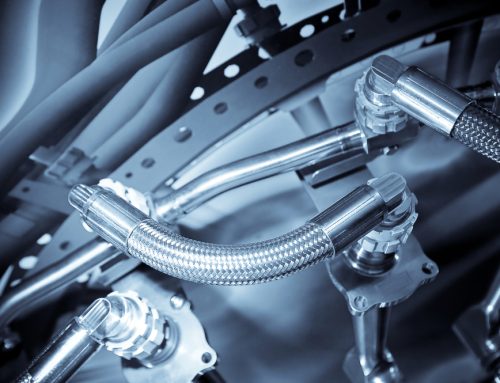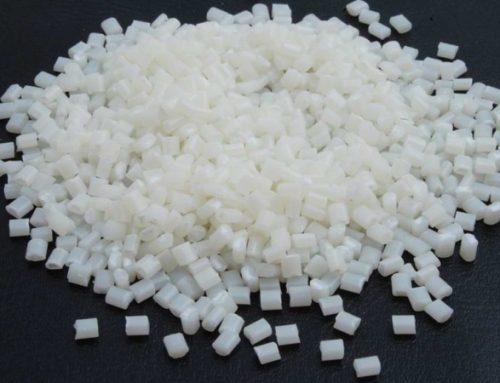PA11 and PA12: Differences and Usage Areas
PA11 and PA12: Differences of Polyamides
Polyamides are high performance polymers widely used in industrial applications. Among these polymers, PA11 and PA12 are particularly notable for their mechanical strength, chemical resistance and temperature tolerance. However, there are significant differences between PA11 and PA12. In this article, we will examine the properties of both polyamides, their differences and in which applications they are preferred.
What is PA11? Properties and Advantages
PA11 is a type of polyamide derived from vegetable sources. It is usually produced from the oil of the ricinus plant, making it a biobased material. The prominent features of PA11 are as follows:
Low Moisture Absorption: PA11 absorbs less moisture than other types of polyamide. This protects the mechanical properties of the material from moisture.
Chemical Resistance: PA11 is resistant to many chemicals, making it suitable for industrial applications.
High Flexibility and Impact Resistance: PA11 is highly impact resistant and offers a flexible structure.
Temperature Resistance: It can be used between -40°C and 130°C, allowing it to perform over a wide temperature range.
What is PA12? Properties and Advantages
PA12 is another type of polyamide but produced from different sources. PA12, usually derived from caprolactam, has many similar advantages but with some differences. The salient features of PA12 are:
Lower Moisture Absorption: PA12 has a lower moisture absorption rate than PA11, resulting in better retention of mechanical properties.
Chemical Resistance: PA12 is also resistant to many chemicals, but is particularly resistant to petrol and oil based products.
High Mechanical Strength: PA12 offers high impact strength and flexibility, making it ideal for use under difficult conditions.
Temperature Resistance: PA12 can generally be used between -40°C and 80°C, making it suitable for hotter environments.
Differences Between PA11 and PA12
While PA11 and PA12 have many common characteristics, the differences between them are important when choosing for specific applications:
Source: PA11 is a biobased polyamide, while PA12 is produced by more traditional chemical processes. This makes PA11 a more environmentally friendly option.
Moisture Absorption: PA12 shows lower moisture absorption than PA11, which can be an advantage in some applications.
Chemical Resistance: PA12 has better resistance, especially to oil and petroleum-based chemicals, while PA11 has a wider range of chemical resistance.
Temperature Resistance: PA11 can be used over a wider temperature range, while PA12 has more limited temperature resistance.
In Which Applications Are They Used?
PA11 Applications:
Automotive Industry: Fuel systems, pipes and other components.
Industrial Applications: Parts used in the chemical and pharmaceutical industries.
Consumer Products: Sports equipment and consumer durables.
PA12 Applications:
Automotive Industry: Fuel lines and gas pipes.
Electronics: Cable coatings and other electrical components.
Industrial Applications: Gears, bearings and various mechanical parts.
Conclusion
PA11 and PA12 are important high performance polyamides in industrial applications. While both materials offer similar advantages, the differences in their properties should be considered when selecting for specific applications. In this article, we have discussed the main properties and differences of PA11 and PA12. We recommend that you consider this information when choosing the material that best suits your needs.





